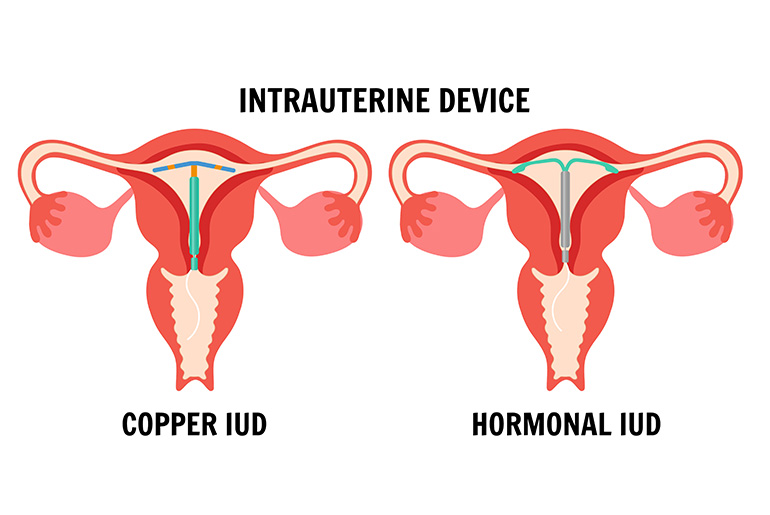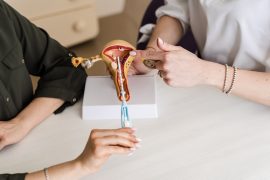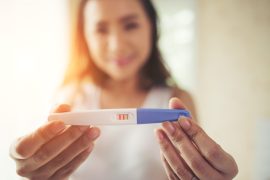Introduction
The unverified and unwarranted information about pregnancy preventive measures often becomes overwhelming for couples who are planning birth control. Such things mislead people into believing that contraception is harmful and dangerous to maternal health. The spread of misconception triggers anxiety, stress among the patients, and distrust in the clinical solutions of birth control and family planning. For a long time, the lack of awareness and ignorance about family planning had been the cause of reluctance and resistance among the masses in availing of the benefits of these contraceptive measures. Contraceptive methods have witnessed a profound transformation in sophistication, safety, and effectiveness. However, there are many myths still prevailing about birth control methods, and in particular, the Intrauterine devices that need to be dispelled for good.
What is an intrauterine device?
As a contraceptive method, an Intrauterine device (IUD) is one of the safest and effective methods of preventing pregnancy in women. It is a long-acting reversible contraceptive method for avoiding pregnancy. The device is small and T-shaped and is inserted in the woman’s uterus to prevent her pregnancy. Removed any time when the woman wants to become pregnant, IUD has a string at the bottom that extends to the vagina, enabling the health provider to remove the device when required.
IUD insertion is a safe and simple procedure of a few minutes in which the healthcare professional uses a speculum to widen and examine the patient’s vagina and insert the IUD.
These devices could be Copper IUDs or Hormonal IUDs. Copper IUDs release copper ions into the uterus and act as a spermicide by killing the sperm in the uterus. Hormonal IUDs release a synthetic hormone, the progestin-like hormone Levonorgestrel (LNG), similar to the progesterone hormone secreted by the woman’s reproductive system, preventing ovulation.
Myths and Facts About Intrauterine Devices
Myth – IUDs cause abortion and, hence, end pregnancy.
Fact– IUDs do not cause abortion. They are contraceptives and not abortifacients.
Abortion is the termination of pregnancy when the embryo or fetus is removed.
IUDs are devices that prevent pregnancy. They either act as spermicides, killing the sperms, or thickening the cervical mucus and preventing the sperms from entering the uterus. So, it prevents the fertilization of the eggs.
Myth – IUDs are unsafe and harmful to maternal health, with side effects and chances of infection, cancer, and sexually transmitted diseases.
Fact – IUDs are a safe and effective method of contraception.
Gone are those days when IUDs did carry the chances of pelvic infection. New devices do not carry such risks of infection. Moreover, hygiene awareness and access to hygienic medical facilities and methods have contributed to reducing this infection risk. It may be noted that IUDs may not prevent infection but do not cause it. Proper device insertion helps avoid infection, perforation, and expulsion.
IUDs do not cause cancer in healthy women, nor does it increase the risk of STDs. The chances of STDs are higher in sexually active women who do not use IUDs than those using them.
Myth– IUDs cause infertility or miscarriage post-removal.
Fact- IUDs are safe, reversible, long-acting contraceptive methods that women can at any time stop using, if they want to become pregnant. IUDs do not cause infertility or miscarriage in women after their removal. In the absence of proper hygiene care, a woman may develop pelvic inflammatory disease. If the condition is not treated timely, there are chances of infertility. However, such cases are rare.
Due to improper IUD insertion, if, in the rarest of cases, a woman becomes pregnant and the IUD is left in the uterus during pregnancy, there may be a chance of preterm delivery or miscarriage.
Myth– It affects the sex life by causing inconvenience during intercourse.
Fact– IUDs provide relief from the stress and worries of getting pregnant and hence have a sex life stress-free and enjoyable. IUDs do not cause inconvenience in the sex life, discomfort, or pain during intercourse, nor do they get displaced due to intercourse.
Conclusion
IUDs are safe and effective when appropriately inserted. They are long-acting and reversible and can be removed when needed. The proper insertion of an IUD is the condition precedent to the successful and safe prevention of pregnancy. All the myths surrounding its use need to be dispelled and discouraged to ensure that more women use this method for safe and effective contraception. Maternal health and safe childbirth are paramount. To enable an informed decision, consult your doctor before planning birth control, who can address all your concerns and questions relating to contraception.
References
https://theincidentaleconomist.com/wordpress/there-are-too-many-myths-about-iuds-lets-dispel-some/
https://pubmed.ncbi.nlm.nih.gov/9834505





Comments are closed.